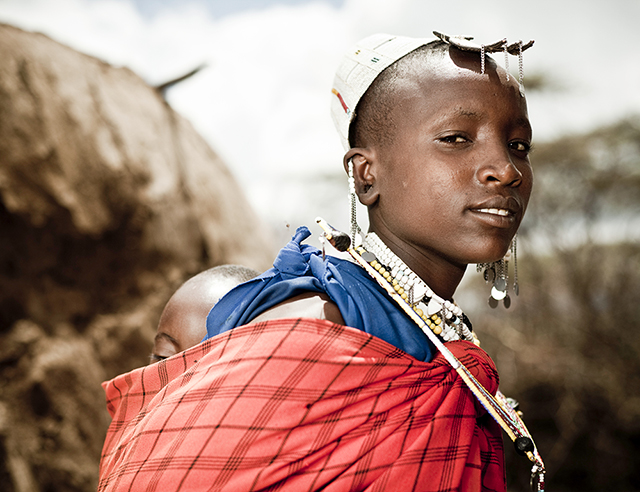
Photo Credit: Randy Plett/iStockPhoto
The Sustainable Development Goals adopted by the United Nations in September provide an expansive vision of what we can accomplish over the next 15 years. Unlike the previous global development agenda, they include goals for all countries, not just poor ones, and more consideration for protecting our planet. The language also emphasizes that the new goals are integrated and indivisible, something the authors explain as win-win cooperation among the social, economic and environmental domains.
Now that the new global agenda is officially launched with slick logos and celebrity endorsements, and as the cheers (and some boos) start to die down, it’s time to talk about the hard stuff: How do we actually operationalize an integrated development agenda?
To be more holistic and multisectoral in our efforts, we generally need to know three things: what to do, how to do it and how to pay for it. As a global community, we talk a lot about the former — professional and academic conversations about program models that combine technical interventions. The need for adequate financing is also discussed and is standard fare for journalists, activists and governments.
How do we actually operationalize an integrated development agenda? #IntegratedDev Click To TweetWhat we don’t hear a lot about is how to design integrated programs. That’s because the work of integrating and sequencing technical objectives and methods is arduous and tedious. It is not sexy, or tweetable, or easily captured in a photo-op. No one will be planning a massive free concert to raise awareness of the need for more harmonized monitoring systems or comprehensive approaches to program design.
Read the full blog here.
